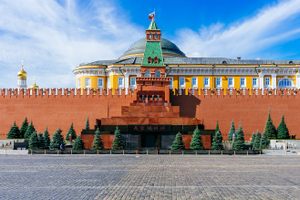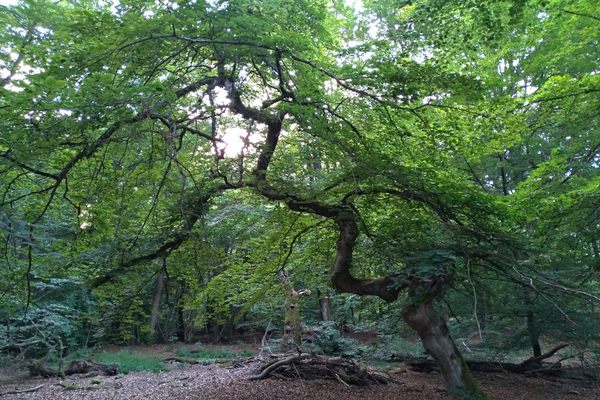About
On the banks of the lower Kolyma River in the tundra of northeastern Siberia, an area that during the last Ice Age was the stomping grounds of mammoth and woolly rhinoceroses, there lived a vast community of tundra squirrels. These ancient squirrels, not unlike the creatures of today, would stockpile seeds in burrows to keep themselves alive through the increasingly unforgiving winters. Not too long after these particular burrows were created, they were covered up under 125 ft. of sediment by the brutal wind sweeping the earth, soon to be frozen at minus 7 degrees Celsius for 32,000 years.
Fast-forward to a few years ago, when Russian researchers found the fruit of a narrow-leaf campion -- a small, white arctic flower, within the burrows. According to the team, this fruit was exposed to just the right conditions to preserve cells that would facilitate awakening the plant from its ancient slumber. While many are still skeptical, a firm radiocarbon date seems to back the claim.
If what the Russians say is true, then this dainty plant will weigh in as the oldest plant by quite a bit to have arisen from its ancient tissue using its old DNA. The seeds attached to the placenta that was used to propagate the plants was allegedly carbon dated at 31,800 years old. If this finding is correct, scientists will have the ability to “study evolution in real-time” by comparing the specimens with the current living versions of the campion plant, as well as possibly propagating other species also found in the burrows, possibly bringing extinct specimens back from the dead.
The ancient campion specimen is currently being housed at the Russian Academy of Sciences research center at Pushchino, near Moscow.
Related Tags
Published
February 21, 2012

























